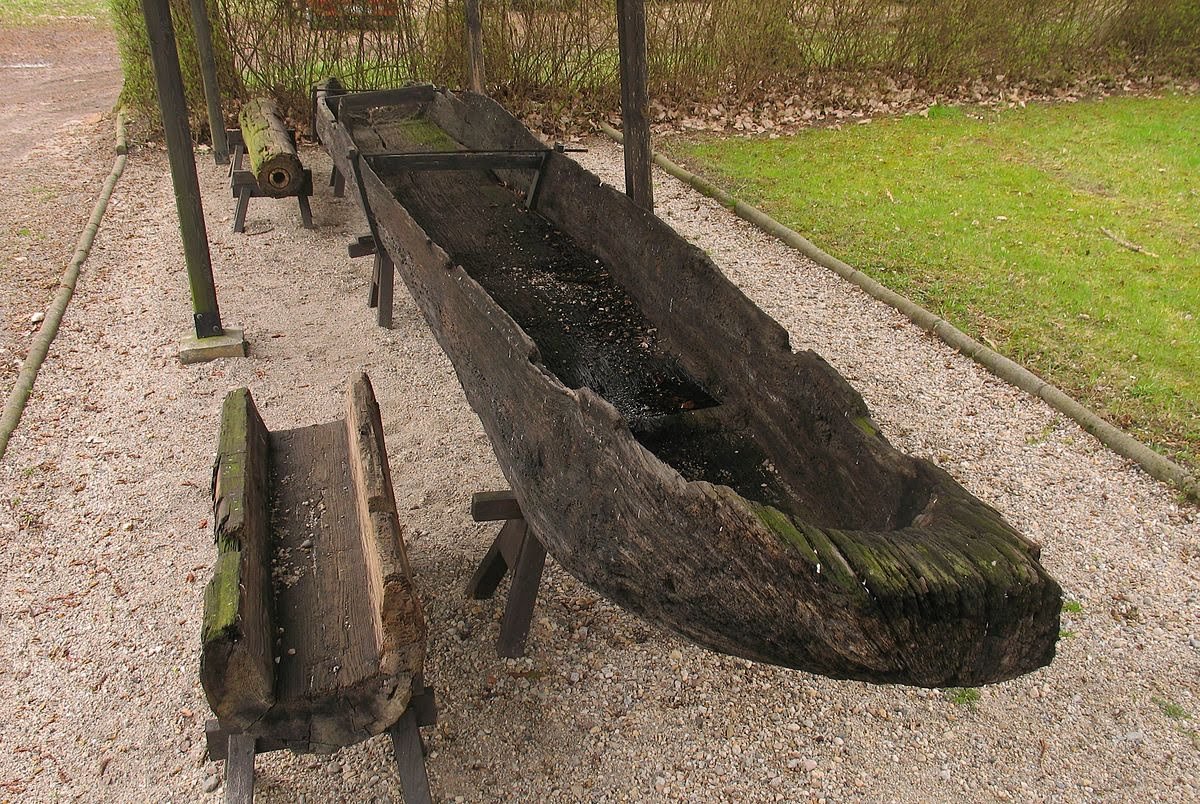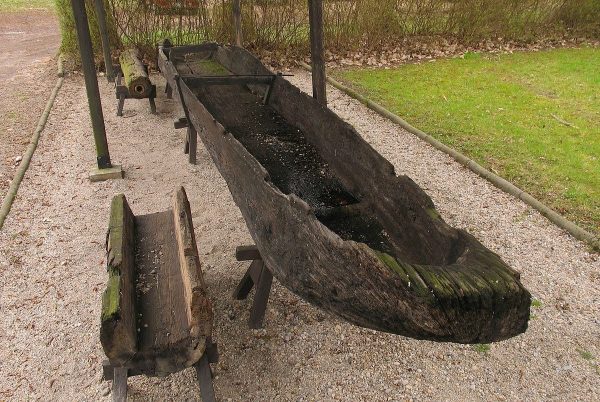In the previous article, the background and basic information about the Oldest boat in African history: the Dufuna Boat was given. The boat, which was found in Nigeria and represents Nigerian pride is also the second oldest known in the world. Part 2 is a continuation of the earlier part and it discusses the significance of the discovery both on a national and a global level.
Read more about History
Significance of the Discovery
This amazing archaeological discovery holds a significant place in the great history of Nigeria and Africa at large. The skilful and creative crafting of the canoe’s bow, stern and overall elegant form demonstrates the height of technological ingenuity and inventiveness of our ancestors. It also gives a possible clue to the extent of the present-day ‘shrunk’ Lake Chad back in the Neolithic times.
Since the age of this canoe predates the Iron-age, some people ask how Africans were able to cut down and carve logs of wood into a beautiful form as the Dufuna Canoe.
One great benefit of the discovery is that it has helped archaeologists draw a relationship between what was happening in Nigeria and elsewhere in the world during that period.
Indications are that while humans were making boats in Dufuna village in 6000 BC, the people of Catalhoyuk in Turkey were making pottery, textiles etc, and the Chinese were making painted pottery in the Yang Shao region. But particularly of interest to archaeologists is the proof that some form of advanced civilization existed in the Lake Chad Basin around 6000 BC.”
The discovery of this boat is an important landmark in the history of Nigeria in particular and Africa in general” said the late Dr Omotoso Eluyemi, the Director of the National Commission for Museums and Monuments.
Besides proving that the Nigerian society was at par (if not earlier) than that of Egypt, Mesopotamia, and Phoenicia, the discovery also provides early concrete evidence that Africans have been exploring technology to modify their environment and suit their needs.
Efforts at Excavation and Preservation
Further efforts and collaboration between Archeologists from both Nigerian and German Universities finally resulted in the successful excavation of the canoe from the ground in March 1998. The lifting of the canoe from its 5m-deep subsurface location took about 50 labourers and two weeks to accomplish. “The Dufuna Canoe was found water-logged on a sandy base with intermittent intervals of clay, and inaccessible to oxygen; circumstances most favourable for most organic materials,”
said Abubakar Garba, an associate professor of archaeology at the Centre for Trans-Saharan Studies, the University of Maiduguri in Borno State, who was an active participant on the team that excavated the canoe.
The excavated canoe is presently preserved and exhibited at a museum complex in Damaturu, Yobe State capital, built by the National Commission for Museums and Monuments (NCMM).
Documentation has shown that based on the minimal available technology during this period, the making of the Dufuna canoe must have been a ponderous task that called for mastery, specialization and ingenuity.
A lot of work, man-hours, and skill must also have been put into the production since no iron tools were in existence at the time. It can be assumed that the canoe must have been made near a river to eliminate the difficulty of transporting it over long distances.
Sources:
Wikipedia
Nigeria Galleria
Olatorera
Featured Image Source: Things Nigeria
Got a suggestion? Contact us: [email protected]


